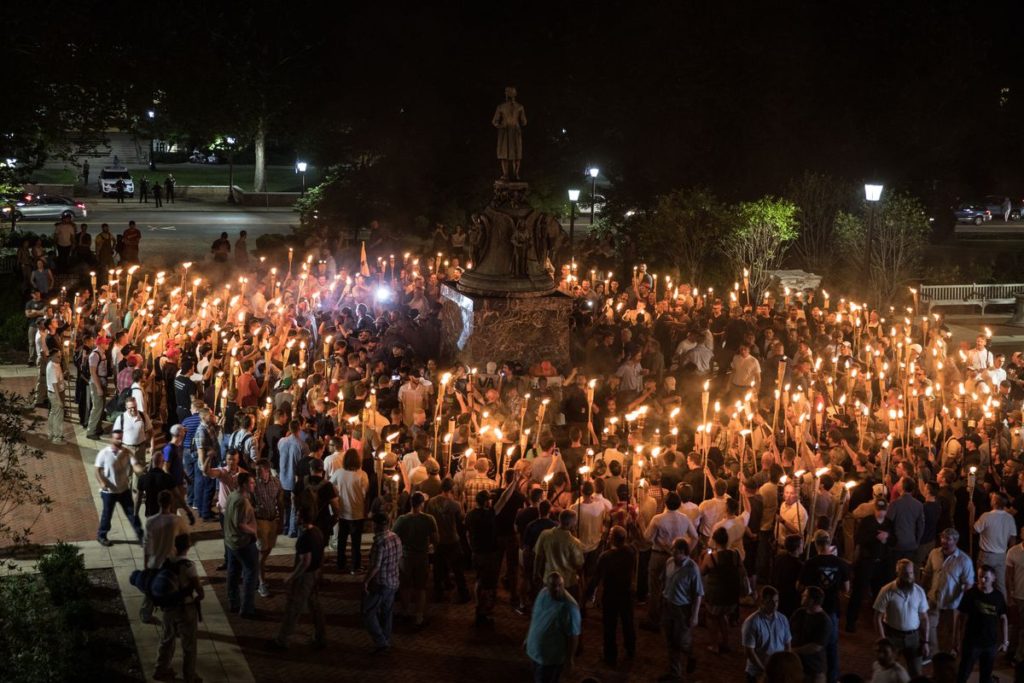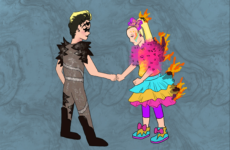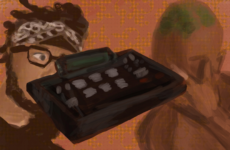Over the past four years, I have come to see the United States of America as a postcard picture of Mount Rushmore. A feat to create, yes, but also a desecration of a Lakota Sioux landmark, the Six Grandfathers Mountain — a tribute to some of the greatest and most distinguished figures in American history, but one that is simultaneously a portrait of enslavers and superintendents of genocide.
Of course, the past four years have brought us the leadership of thankfully former President Donald Trump P’00. This period in American history — strife-filled, terrifying, and increasingly hateful — is indicative of a much larger problem: the debilitating sickness of white supremacy that plagues the United States. This illness produced Donald Trump, but he is merely a symptom, not the disease. Like a festering sore, Trump has brought the sickness into full view.
To diagnose the disease, we must consider its origin. The United States is a country founded on the principles that rich, white men are superior and equal to one another; Black people are not full people; Native people do not have rights worth respecting; and women are second to men. In a country so built on white supremacy, racism has infiltrated America’s makeup, replicating and spreading throughout society like a virus.
Donald Trump personified this disease. He began his rise to political prominence by promulgating the racist lie that former President Barack Obama was born in Kenya and not an American citizen. Once in office, he only doubled down on his bigotry — among other actions, Trump referred to Senator Elizabeth Warren with the racist epithet “Pocahontas”; mocked the threat of the coronavirus with an anti-Asian moniker; restarted federal executions that disproportionately affect Black people; and spewed xenophobic rhetoric against people who identify as Hispanic and Islamic. Trump refused to condemn white supremacy — infamously claiming that there were “very fine people on both sides” of a lethal encounter in Charlottesville, Virginia, between anti-racist protesters and white nationalists who shouted, “Jews will not replace us!”
I heard about Charlottesville on vacation in Florida when I was thirteen years old. The news led to a deep sense of insecurity and a forced realization that there was a disease of white supremacy in the United States, and this was its manifestation. When my family drove home through Virginia, I worried for the first time for my safety. As Trump’s presidency continued, my fear only grew.
This summer, as racial tensions heightened, I looked like an outsider biking in my majority white neighborhood. Living under a president who provoked such hatred and intolerance of “outsiders,” I felt painfully mortal. I was aware that someone confused or upset by my presence might devalue my life the way that Black people continue to be devalued in this country. In a country where the president emboldens racial violence and white supremacists, my fear is that much more realized.
The worst moment of Trump’s reign was when a white mob stormed the U.S. Capitol, hailing America while undermining it. The traitorous and racist Confederate flag, one that tells me that I am not a person, breached the Capitol for the first time in American history. Now, I fear the most, because despite Trump’s undermining of this democracy’s core, he is still massively popular and even has a nationwide network of people willing to act on his violent rhetoric.
There is a house in our neighborhood that my mom always avoids because inside live the kind of people who she fears were at the Capitol on January 6. That is the worst thing about a disease — your community could be infected, and you will not know until there is a positive test. Having received word of a positive case on our campus last fall — the anonymous death threat against our School’s Black people — I couldn’t leave my dorm room. Now, after neo-Nazis plundered the Capitol, the disease has been laid out before our society, irrefutable and uncured. The extremist ideology that Trump fomented will certainly outlast him; the scars will stay long after the sore heals.
The past four years have been horrific. The Covid-19 pandemic has killed more than 400,000 people in the U.S., and the disease of white supremacy continues to infiltrate the highest positions in our government. Even if some other politician or ideologue doesn’t reopen the sore, the disease will only go into remission. Now, at every four-year checkup, I fear that America will be again diagnosed and that my Black body, along with our nation as a whole, will bear the scars of white supremacy.

In August of 2017, just seven months into Trump’s presidency, white supremacists flooded Charlottesville to protests the city’s decision to remove Confederate monuments. When peaceful counterprotesters arrived at the scene, the white supremacists erupted with violence. Photo courtesy of Vox




